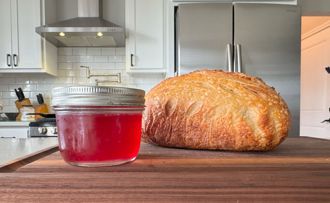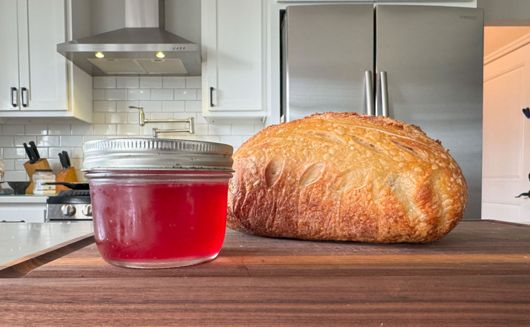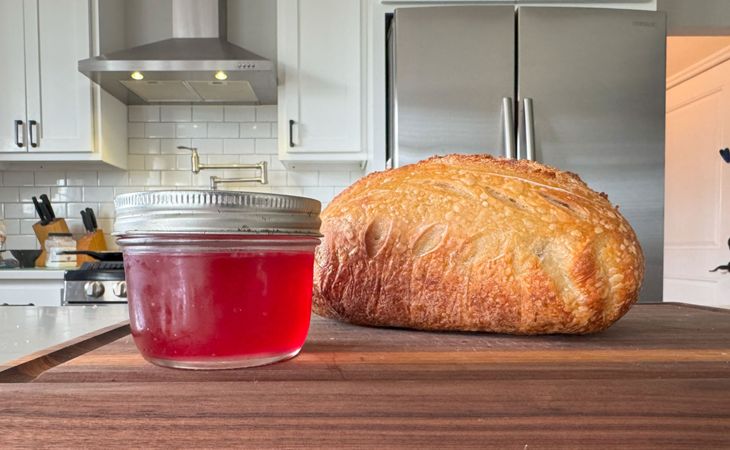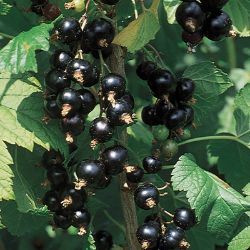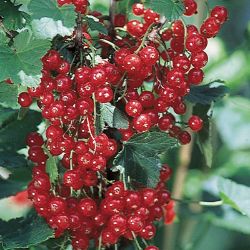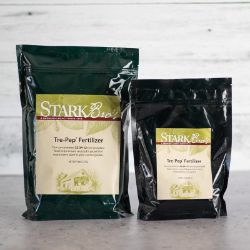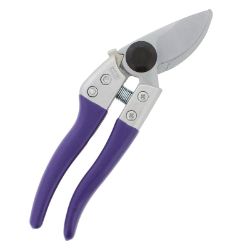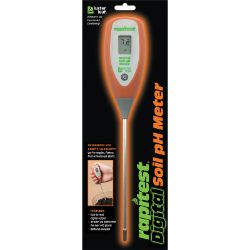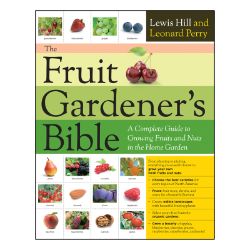Pest & Disease Control for Currant Plants
Every plant has the future potential for disease and insect damage. Factors such as location and weather will play a part in which issues your plants encounters. If available, disease-resistant varieties are the best option for easy care; and for all types of plants, proper maintenance (such as watering, pruning, spraying, weeding, and cleanup) can help keep most insects and diseases at bay.
NOTE: This is part 5 in a series of 9 articles. For a complete background on how to grow currant plants, we recommend starting from the beginning.
Scale
Tan to gray 1/16” hard, scaly shell covers developing young. Usually on bark of young twigs and branches. Sap feeding weakens plant.
Natural Control
- Monterey Fruit Tree Spray Plus
- Rub off with burlap.
Cane Borer
Wilted tip on plants indicates a possibility of a little borer. If it breaks of readily, and is hollow, prune back branch until no longer hollow. Burn all pruning. Note: Follow all directions as indicated.
Natural Control
- Cut infected canes at ground level and burn.
Other Control Options
- Consult County Extension Agent
Anthracnose
Very small, round, brown spots appear first on lower, older leaves. Plants gradually lose leaves from bottom upwards. Other symptoms may include black, sunken spots on leaf stalks, light brown to pale yellow lesions on cane, black fly speck-like spots on green berries.
Control
- Consult County Extension Agent
Botrytis Blight
Will appears as gray, hairy mold. Decays blossoms, green and ripening fruit as well as harvested fruit.
Natural Control
- Raking and burning old leaves every fall.
- Keep planting area free of weeds.
- Good air circulation helps by allowing foliage to dry quickly after rain.
Other Control Options
- Consult County Extension Agent
White Pine
Like cedar apple rust, double host disease. On leaves, clusters of pinhead-size blisters on yellowed leaves. May be many new re-infections each summer. Alternate host is Eastern White Pine. Fatal to the pine, kills it limb by limb.
Control
- Consult County Extension Agent
- May be too many pines in customers area to try to grow. Minimum distance from berries to pines is 300-900 feet, according to state regulations.
Powdery Mildew
Whitish gray powdery mold or felt-like patches on leaves and green twigs. Leaves may be crinkly and cup inward. Over winters in fallen leaves. Fall clean up is essential.
Natural Control
- Monterey Fruit Tree Spray Plus
Cane Blight
As berries are maturing, nearing harvest, cane begins to die back. Leaves wilt and fruit shrivels. Disease can go downward thru bark and wood to main stem, girdling and killing it. Check for this several times each season.
Natural Control
- Prune out infected canes and destroy.
- Monterey Fruit Tree Spray Plus
Mites
Pinpoint size, many different colors. Found on undersides of leaves. Severe infestations have some silken webbing. Sap feeding causes bronzing of leaves.
Natural Control
- Monterey Fruit Tree Spray Plus
Aphids
They are the size of a pinhead and usually green or black in color. Cluster on stems and under leaves, sucking plant juices. Causes bright red, cupped condition or wrinkled areas on leaves.
Natural Control
- Monterey Fruit Tree Spray Plus
Thrips
Small insects, less than 1/2” long, with feathery wings, yellow to brown in color. Cause damage if they lay eggs in fruit soon after bloom, scarring the fruit. In summer they feed on new vegetative growth, and damage summer fruit (not usually considered a problem).
Natural Control
- Monterey Fruit Tree Spray Plus
- Hi-Yield® Vegetable & Ornamental Insect Control
Rose Chafer
Beetles have 1/2” long, tan wings with reddish-brown edges and long thin hairy legs. Skeletonizes leaves and flowers. Present in large quantities in June and July. Worst on sandy sites near grassy areas.
Control
- Consult County Extension Agent
Japanese Beetle
Adult is metallic green beetle. Skeletonizes leaves. Larva are grub which feeds on turf roots. This is more of a problem east of the Mississippi River.
Natural Control
- Traps
Other Control Options
- Consult County Extension Agent
Fruitworm
Adult is yellow to brown sawfly beetle, 1/4” long. Larvae are brown and white, 1/8” long. Adults make slits in flower buds and larvae feed on berries.
Natural Control
- Hi-Yield® Vegetable & Ornamental Insect Control
Omnivorous Leafroller
Adult is bell shaped, blackish gray snout-like mouthparts, forewings dark rusty brown with tan tips. Over winters in larval stage in mummified berries, in weeds and other trash. Moths emerge in spring and lay egg masses on leaves. Eggs hatch in 5 days and larvae tie two young leaves together to form nest in which they feed. Does not roll leaves. Later nests can be found in flower clusters and in bunches. Damage is not only from feeding on leaves, flowers and berries, but feeding sites allows rot organisms to enter fruit.
Natural Control
- Natural Guard® Caterpillar Killer Spray w/BT

